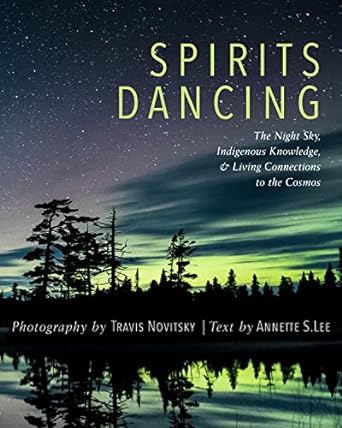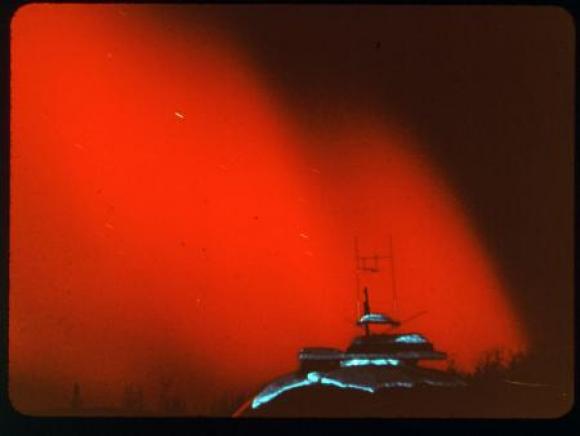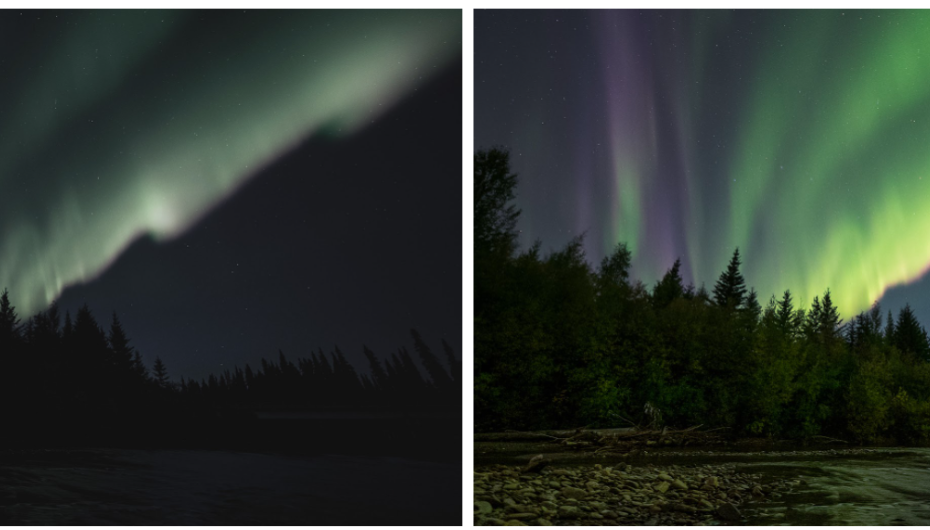Cozy Aurora Reads
We’re still glowing over May’s auroras, and are excited to welcome those around the world who have newly fallen in love with the Northern and Southern Lights! One of the questions we have been receiving is, “where can I learn more?” Bibliophiles, we’ve got your back. In 2022, we wrote a post about some aurora… Read More »Cozy Aurora Reads









